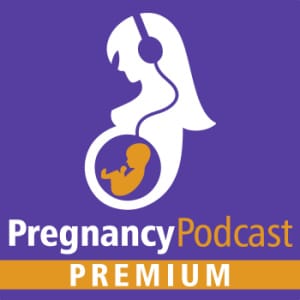Overview
During the nine months of pregnancy, your body undergoes more changes than at any other time in your life. Your breasts, in particular, will experience significant transformations from the moment you conceive through the breastfeeding period. These changes include noticeable differences in appearance and sensitivity, as well as internal changes to prepare your body for lactation. Learn how your breasts will change, how much your breasts will increase in size, and how to manage symptoms such as sensitivity, leaking, and stretch marks. The more you are educated about how your breasts develop during pregnancy you can alleviate discomfort and develop a greater appreciation for the hard work your body is doing to prepare for your baby.

